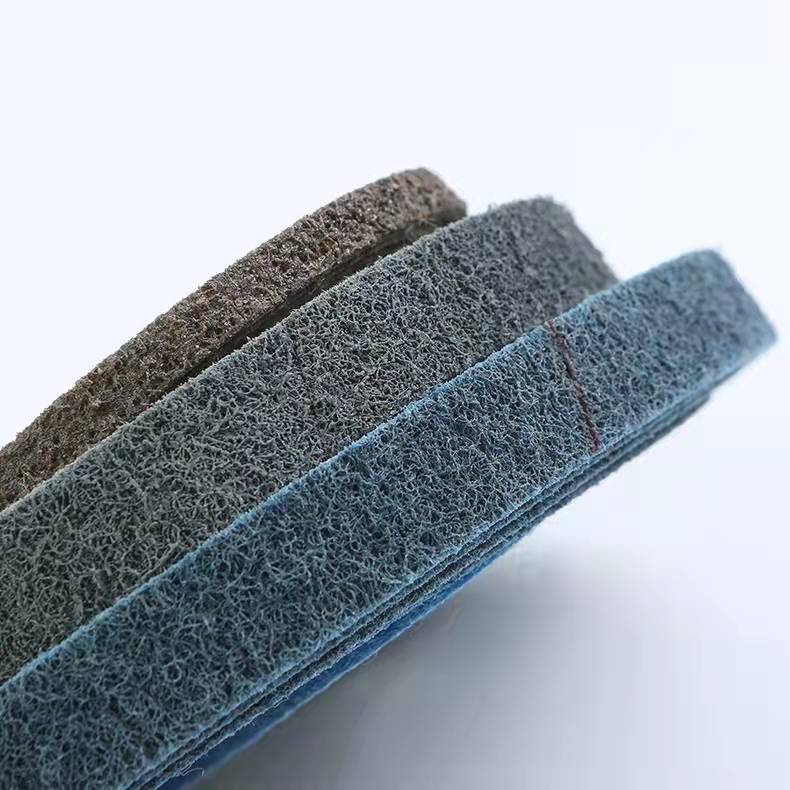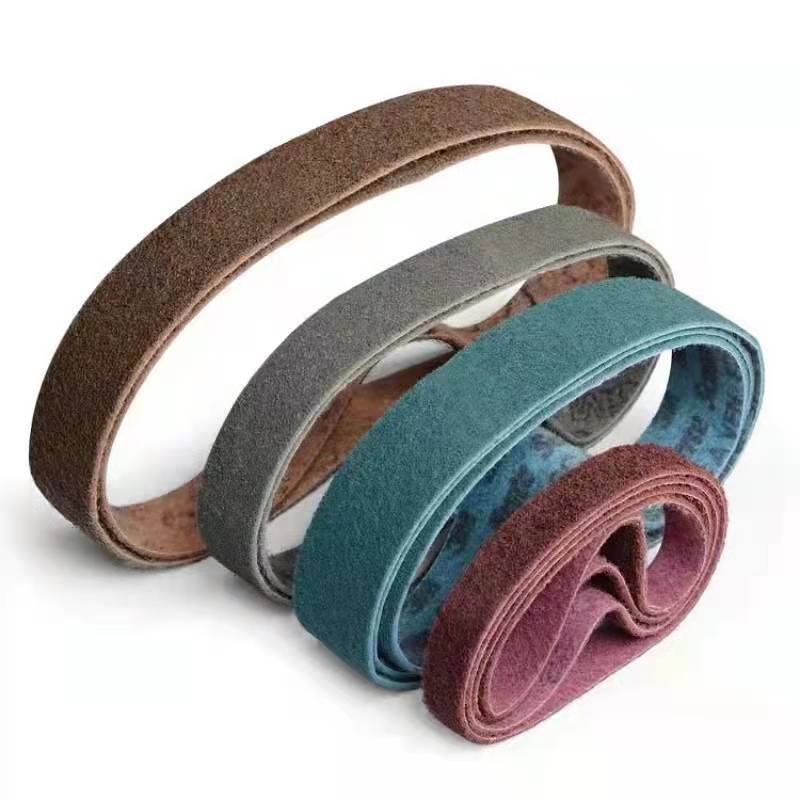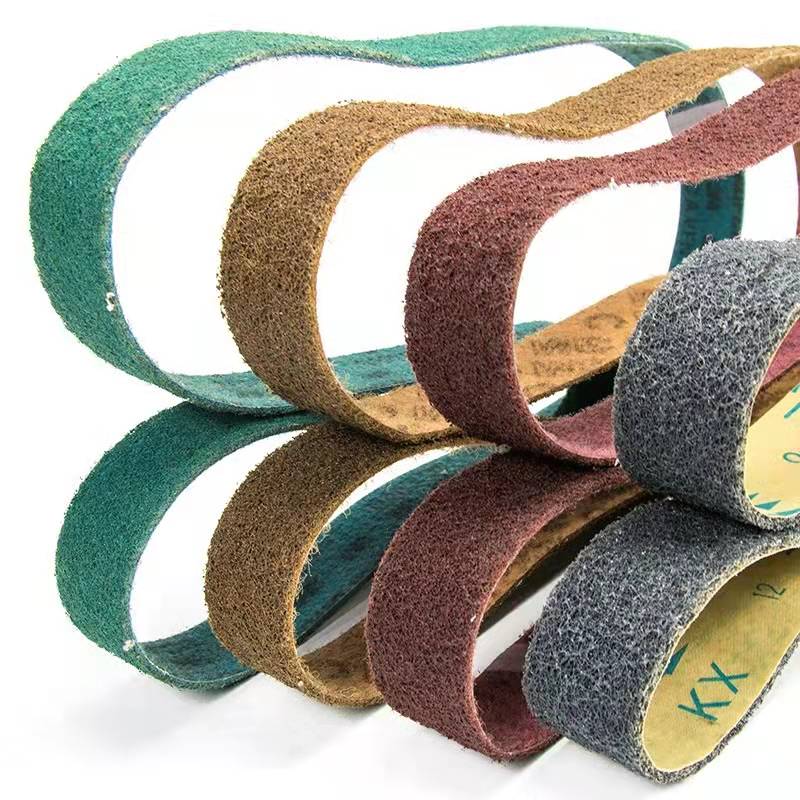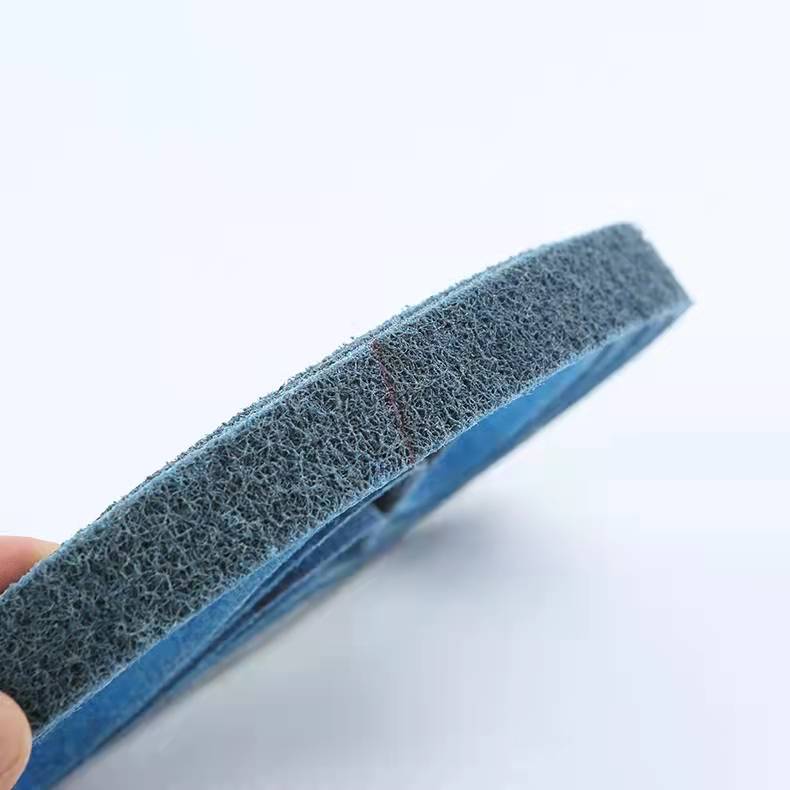The Heat-Affected Zone (HAZ) is one of the most critical aspects of welding metallurgy. It's the area of base metal that is not melted but has undergone significant changes in its microstructure due to exposure to high temperatures during welding. The HAZ can affect the mechanical properties of the metal, such as its hardness, toughness, and susceptibility to cracking. Controlling the HAZ is crucial in maintaining the integrity of the weld joint and the overall structure.
1. What is the Heat-Affected Zone (HAZ)?
The HAZ refers to the portion of the base material adjacent to the weld that has experienced thermal cycles (heating and cooling) intense enough to alter its microstructure, but not enough to melt it. While the weld pool itself forms the fusion zone (FZ), the HAZ surrounds this area and is divided into various temperature gradients, each affecting the material differently.
In many materials, especially carbon steels, stainless steels, and alloy steels, the HAZ is a critical factor in weld performance. The thermal history that the HAZ experiences during welding can induce hardness, brittleness, grain growth, and potential cracking if not carefully managed.
2. Metallurgical Changes in the HAZ
The changes that occur in the HAZ depend on several factors, including the material composition, the welding process, and the cooling rate. The HAZ can be broken down into three key subzones:
-
Coarse Grain Heat-Affected Zone (CGHAZ): Closest to the fusion zone, the CGHAZ experiences the highest temperatures just below the melting point of the base material. In steel, this causes grain growth and significant microstructural changes. Coarser grains result in reduced toughness, making the material more susceptible to cracking.
-
Fine Grain Heat-Affected Zone (FGHAZ): As you move away from the fusion zone, the metal experiences lower temperatures, leading to finer grain structures. Finer grains improve toughness and ductility compared to the coarse-grain zone.
-
Intercritical and Subcritical HAZ: These regions are farthest from the fusion zone and experience temperatures below the transformation point. The subcritical HAZ undergoes tempering, while the intercritical zone sees partial phase transformations. In steels, this area might include a mix of ferrite and pearlite or other phases, depending on the material.
In materials like aluminum alloys, the HAZ can cause precipitate dissolution and over-aging, reducing the material’s strength, which can be problematic in aerospace applications.
3. Effect of Welding Parameters on the HAZ
The extent and properties of the HAZ are highly dependent on the welding process parameters:
-
Heat Input: This is a critical factor influencing the size and properties of the HAZ. Heat input is determined by the welding process, current, voltage, and travel speed. A high heat input increases the size of the HAZ and can lead to grain coarsening and softening of the base metal in steels, increasing the risk of cracking.
Formula: Heat Input (kJ/mm) = (Voltage * Current * 60) / (1000 * Travel Speed)
-
Cooling Rate: The cooling rate after welding has a significant impact on the microstructural evolution of the HAZ. Rapid cooling in steels can lead to the formation of martensite, a hard but brittle phase, making the weld joint more prone to cracking. Controlled cooling, such as post-weld heat treatment (PWHT), can relieve residual stresses and temper martensitic structures, enhancing toughness.
-
Welding Technique: The use of multi-pass welding (especially in thicker materials) can alter the thermal cycles experienced by the HAZ, with subsequent passes reheating and tempering previously welded areas. This can improve the toughness of the HAZ.
4. Common Problems Associated with the HAZ
-
HAZ Cracking: Cracking in the HAZ is a common issue, especially in high-strength steels or thick sections. Hydrogen-induced cracking (HIC) or cold cracking often occurs due to the combination of a high hardness HAZ, residual stresses, and hydrogen absorption during welding.
-
Brittleness and Hardness: If the HAZ experiences too much grain coarsening or forms martensitic structures in steels, it can become excessively hard and brittle, increasing the risk of brittle fracture under stress.
-
Softening in Aluminum: In heat-treated aluminum alloys, such as 6061, the HAZ can experience precipitate dissolution, leading to softening. The strength of the aluminum alloy is significantly reduced in the HAZ compared to the parent material.
5. Controlling the HAZ
To ensure optimal weld performance and minimize problems in the HAZ, several control methods are used:
-
Preheating: Preheating the base material before welding helps reduce the cooling rate, minimizing the risk of HAZ hardening and cracking, especially in carbon steels. Preheating temperatures depend on the material but can range from 150°C to 300°C.
-
Post-Weld Heat Treatment (PWHT): PWHT is a thermal process applied after welding to relieve residual stresses and improve toughness in the HAZ. In steels, PWHT reduces the hardness of martensite and improves ductility. The process typically involves heating the welded assembly to a temperature just below the transformation range and holding it for a specified time.
-
Low-Hydrogen Electrodes: Using low-hydrogen electrodes (such as E7018 for stick welding) or properly controlled shielding gases reduces hydrogen content in the weld, minimizing the risk of hydrogen-induced cracking in the HAZ.
-
Optimizing Heat Input: By using controlled heat input processes, such as pulsed MIG or TIG welding, welders can reduce the size of the HAZ and minimize grain growth. Pulsed techniques deliver high energy only during certain parts of the welding cycle, which controls the amount of heat absorbed by the base material.
6. Modern Techniques to Minimize HAZ Damage
Recent advancements in welding technology offer new ways to reduce the impact of the HAZ:
-
Laser Welding: Laser welding provides a highly focused heat source, minimizing heat input and significantly reducing the size of the HAZ. This technique is ideal for materials like stainless steel and titanium.
-
Electron Beam Welding: Like laser welding, electron beam welding delivers high energy density, reducing the HAZ and associated metallurgical changes.
Conclusion
The Heat-Affected Zone is a complex but critical aspect of welding that can significantly impact the performance of welded joints. Understanding how metallurgical changes in the HAZ occur and how to control them through process parameters, preheating, and post-weld treatments is essential for achieving strong, reliable welds. Proper control of the HAZ ensures longevity, reduces cracking risks, and optimizes the mechanical properties of the welded joint.
For more insights on welding techniques and advanced equipment, contact Quantum Machinery Group at Sales@WeldingTablesAndFixtures.com or call (704) 703-9400.
Nylon Sanding Belt
This product is suitable for portable and desktop automatic grinding instruments, with elasticity and small grinding force, which can improve the grinding grain of workpiece well, and is easy to replace. Compared with traditional abrasive tools, nylon abrasive belt has the following advantages: it can control the minimum grinding amount, grinding depth, anti-blocking, and the probability of exceeding tolerance is the smallest. The product continuously exposes new abrasive layer during the grinding process, and the grinding effect is good.

1. Great multi-purpose belt, ideal for
cleaning, finishing, blending and deburring
2. Nylon
film backing is stretch resistant for close, ongoing cutting action
3. The film
backed belts work great on stroke sanders when reduced friction on the back of
the belt is desired
4. Gaps
between nylon fibers allow debris to escape, helping to reduce loading
5. Fibers
break down gradually to reveal fresh mineral, producing consistent cuts
6. Available
in a range of grades, minerals and converted forms,Coarse( Brown 150# ), Medium
( Red 240# ), Fine ( Blue 400# ) , Very Fine ( Grey 600 # )
Our Surface Conditioning Belt is a
durable belt engineered to perform detail work such as blending, blending
corners, cleaning, contour finishing, deburring, deburring edges, fine
finishing, flat finishing, setting the grain, stainless steel finishing, and
attaining straightline-brushed finishes on a variety of metals.
We distributes and wholesales various brands of Abrasive Sanding Disc, Cutting Wheels , Abrasive Flap Disc , Flap Wheels , Flap Disc Backing Pad, Flap Disc Adhesive, Abrasive Machine and Surface Conditioning Product etc, and enjoy a high position among consumers.

Ideal for Robotic Finishing
With a wide
range of conformability options and high consistency, long-lasting industrial
abrasives are a great option for robotic metal finishing. Surface Conditioning
Belts can generate a spec-required, aesthetic finish when used in both manual
and robotic processing.
Multi-Purpose Belt Great for Tackling
Multiple Applications
Working on
flat parts especially - requires a belt that will abrade the surface closely.
Our Surface Conditioning Film Backed Belt was designed to do just that. The
nylon-backed belt has a reduced friction backing and is low stretch, so it's
unlikely to yield or stretch when run. This belt backing works well when the
standard scrim belts stretch and fall off the machine.

Versatile Belt Options
One of the best benefits of our Surface Conditioning Film Backed Belt is its versatility. Offered in a range of minerals, grades and converted forms, you're likely to find the right match for your application. Choose between silicon carbide or aluminum oxide mineral. Aluminum Oxide is available in coarse (CRS), very fine (VFN), and medium (MED) grades. Silicon carbide is available in super fine (SFN), very fine (VFN), and medium (MED) grades. Aluminum oxide is a synthetic mineral known for its sharp cut, durability and long life. Silicon carbide tends to break down faster than aluminum oxide but will also produce a finer finish.
The Many Benefits of Our Belts Available in narrow, wide and standard sizes, this belt is commonly run on a belt sander. Given their narrow widths, narrow belts tend to be a good match for workpieces with narrow areas and nooks and crannies, like lobes on a crankshaft or camshaft. Conversely, wide belts are a good match for larger workpieces like stamped parts, sheet metal parts, or dies. Independent of belt chosen, operators can rely on consistent performance; it's what they've come to expect from our abrasives. Non woven technology makes our industrial abrasives - and belts - unique. A combination of fiber strands, resin, and abrasive mineral forms a thick, open web.
Surface Conditioning Belt work well to remove coarse grind lines, mill marks, or small burrs left by cutting tools or conventional abrasives. Abrasive belts come in many different widths and lengths and are used on a variety of different belt sanding tools for many different applications on both wood and metal.

Nylon Sanding Belt,Fiber Abrasive Belts,Woven Nylon Sanding Belt,Nylon Abrasive Sanding Belt,surface conditioning belt
Zhengzhou Jiading Abrasive Manufacturing Co.,Ltd , https://www.jiadingabrasive.com